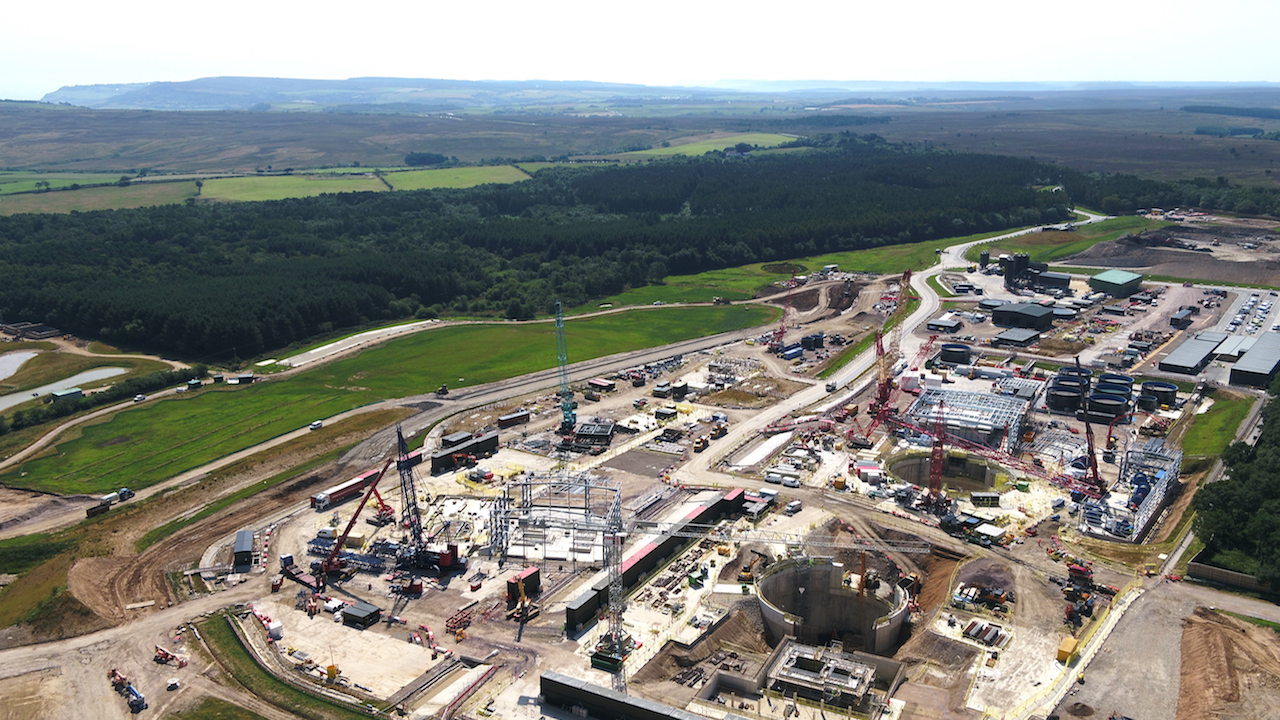Sign up for daily news updates from CleanTechnica on email. Or follow us on Google News!
For people who follow the geopolitical struggles of the western Pacific, it’s obvious that computer chips are a big deal. The world’s most advanced semiconductors come from Taiwan, an island off the coast of China. It’s under the control of its own government, but China claims to own the island. Regardless of who’s right about that, the chip manufacturing facilities are one of the things that keep war over this territorial dispute away. The Chinese government knows that the fabrication facilities would likely be destroyed in any invasion attempt, preventing them from being able to reap any benefit.
Countries that befriend Taiwan get access to these most cutting edge designs, while those unfriendly to them don’t. This, along with other United States technological advantages, has led to the United States continuing to lead the world in supercomputing. The fastest computers have long been in the United States, and officially that’s still the case. The fastest computers on official records are still in North America at research facilities. Using large clusters with the latest chips, these computers are faster than ever before.
But, as Joseph Stalin supposedly said, “Quantity has a quality all its own.”
Chinese researchers don’t have access to the latest chips, but they’ve found another way around that issue: using a much greater number of the older designs. Each chip can’t do the work a newer chip can, but a greater number of chips can get more work done in the same amount of time. Official records for the performance of these computers aren’t being released to the global supercomputer community, but reading between the lines shows them that the computers are indeed faster. It’s estimated that a number of the top computers in the world were built this way, including the one in the unofficial #1 spot.
There are some serious downsides to this approach, though. For one, it’s more expensive to buy more older chips. This means that it’s harder to build these computers and to keep them competitive for computing research. Worse, it’s more expensive to power them, as there are a higher number of less efficient chips. So, the cost is even higher, both in terms of money and environmental impact.
Why Closing This Gap Matters
The obvious issue is AI research. While expensive to build and operate compared to cutting edge designs, these computers can make it possible to do things like train artificial neural networks faster. Once training is done, much slower computers can then run the software, allowing for smaller computers like those in autonomous vehicles to carry the torch. Without the latest designs, these smaller computers will be less capable than better driving computers in other cars, but if they can get ahead on software, it might not matter that much.
Again, “Quantity has a quality all its own.”
The possible ramifications of letting this go on without invigorated competition goes far beyond things like autonomous vehicles. Artificial intelligence can enable everything from a better web experience to innovative governance (authoritarian or otherwise) to military planning and weapons. And that’s just with current approaches to AI research.
It’s possible that if there’s enough of a gap in computing research capability that Chinese researchers might find better approaches to artificial intelligence, or come up with better ideas for use of computers than machine learning. Scientific research of all kinds might become more advanced than the rest of the world, for better or worse. This would leave more democratic countries in a bad place if it goes on for long enough.
Catching Up Shouldn’t Be Too Difficult With A Head Start
As I pointed out earlier, using older chips in higher quantities isn’t great. Costs are higher, both for building and running the computing clusters the size of a small parking lot. If someone has access to better chips, it shouldn’t be an insurmountable problem to build an even bigger computer with even more advanced chips. The end result would be a computer that takes back that #1 spot.
Yes, I know this is a vast oversimplification and I’m ignoring the high cost of doing this. These most advanced chips might not even be available in sufficient quantity to even do this at all. I’m just a lowly computer technician who got sick of working on people’s busted PCs and switched careers, but I did take a couple of programming courses! So, I’m sure people who know crap from apple butter when it comes to computer science will chime in down in the comments and explain why I’m wrong. And, that’s totally fine with me, because I’m more interested in pushing the conversation on this forward than I am in self aggrandizement.
So, please, feel free to explain all of the problems here.
But, at the same time, one thing I know for certain is that people in democratic countries know how to solve an engineering and science challenge. After all, our parents and grandparents won world wars, went to the moon, and managed to defeat the Soviet Union without firing a shot by going into suicidal amounts of debt that they couldn’t keep up with (and we might not either). If there’s a problem, we’re pretty good at solving it, or at the minimum finding a way to kick the can down the road for our kids and grandkids to actually solve.
If we put our heads together, we might be able to fix this problem, put it off on someone else, or die trying, right?
But seriously, though, I’m sure if we discuss this problem, get the right people to provide funding (hopefully Uncle Sugar before hyperinflation sets in), and work with people who are already challenging the borders of computing research, we could find a way to get ahead again.
Sustainability Matters
Another area where we might outcompete the Chinese government on this is making it more efficient and sustainable. Creating a dirty version of a technology might seem like a good idea to get ahead, but we have to keep in mind that anything with computing tends to get smaller and go portable eventually. At some point, the approach of using older designs that take more resources makes it harder to commercialize whatever comes out of such research.
By focusing more on efficiency, it’s possible to be a little behind the cutting edge while being ahead on putting a new approach to actual use.
Have a tip for CleanTechnica? Want to advertise? Want to suggest a guest for our CleanTech Talk podcast? Contact us here.
Latest CleanTechnica.TV Videos
CleanTechnica uses affiliate links. See our policy here.
CleanTechnica’s Comment Policy





